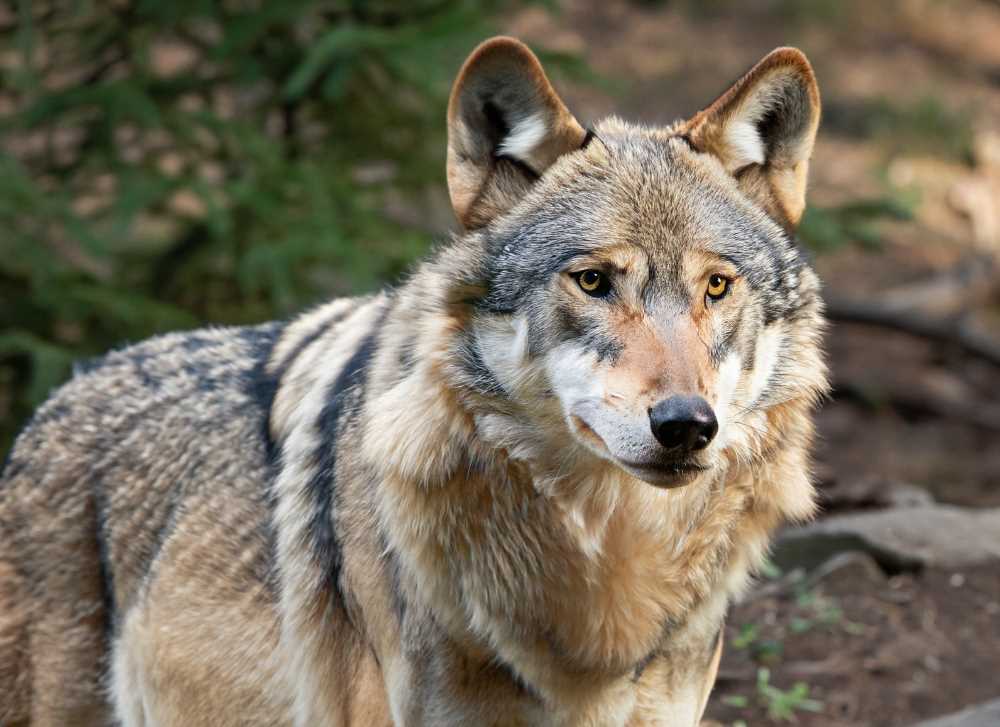Howl You Doin'? The Comeback of the Mexican Wolf
Deep within Mexico's semi-arid forests, the Mexican wolf, or Canis lupus baileyi, roamed. This striking creature, both in appearance and genetics, was once abundant in regions like Arizona, Texas, and New Mexico. However, European colonization and subsequent challenges led to its near-extinction.

Deep in the heart of the semi-arid forests of Mexico, a creature of vibrant ocher, black, and cream once roamed, mirroring the warm palette of the desert and mountainous terrains. This is the story of the Mexican wolf, or Canis lupus baileyi, an animal that is as much a testament to nature's grandeur as it is to humanity's complex relationship with the wild.
The Mexican wolf stands out not only in its striking appearance but also in its genetic distinction. As the most genetically distinctive subspecies of the gray wolf, its traits are tailored for survival in warmer climes. Slightly larger than the German Shepherd, it averages a length of 130 cm, a height of 80 cm, and weighs around 40 kg. One glance into its deep, bright yellow eyes, reminiscent of the lustrous amber from the southeastern woods, reveals the spirit of an age-old landscape.




